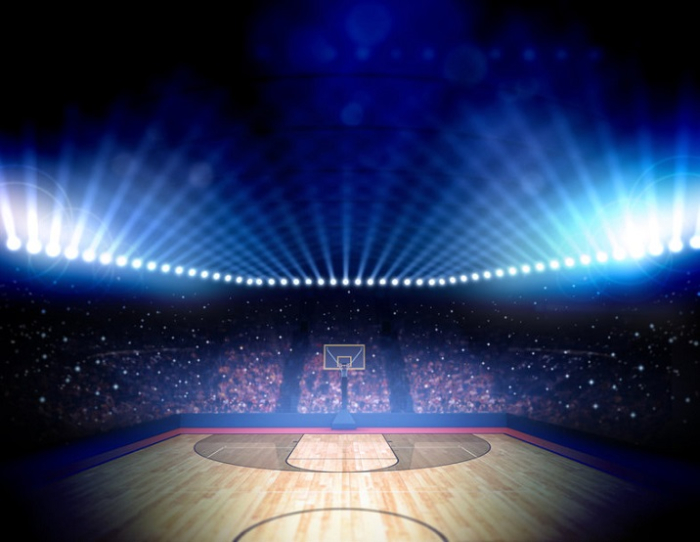
 Data Structure
Data Structure Networking
Networking RDBMS
RDBMS Operating System
Operating System Java
Java MS Excel
MS Excel iOS
iOS HTML
HTML CSS
CSS Android
Android Python
Python C Programming
C Programming C++
C++ C#
C# MongoDB
MongoDB MySQL
MySQL Javascript
Javascript PHP
PHP
- Selected Reading
- UPSC IAS Exams Notes
- Developer's Best Practices
- Questions and Answers
- Effective Resume Writing
- HR Interview Questions
- Computer Glossary
- Who is Who
What is Flood Lighting? – Definition, Purpose, Calculation and Applications
The flooding of large surfaces with light through powerful projectors, where the light sources are concentrated into narrow light beams using specific reflectors is known as flood lighting. Flood lighting is an artificial light with high-intensity, broad beam.

Purpose of Flood Lighting
The flood lighting may be employed for the following purposes −
To enhance the beauty of the ancient monuments at night.
To illuminate the railway yards, car parking, sport stadiums, construction sites, etc.
To illuminate the advertising boards and show-cases, etc.
Location and Mounting of Projectors
In practice, there are two possible locations of projectors for flood lighting, which are −
For small buildings, uniform flood lighting is used. Therefore, the flood lights can be placed on other building or on a suitable point at distances of not more than about 60 meters. The light should fall on the building nearly perpendicular to the building.
For large or tall buildings, non-uniform flood lighting is used. Thus, the flood lights should be so located that the contours and features of the building are well defined and they should enhance the beauty of the building or monument.
Note – As far as possible, the projectors should not be visible. In some cases, the projectors may be housed in ornamental stands.
Types of Flood Lighting Projectors
According to the angle of beam-spread, the projectors used in flood lighting can be classified into following three types viz. −
| Projector | Angle of Beam Spread | Distance of Projection |
|---|---|---|
| Narrow Beam Projectors | The angle of Beam spread ranges from 12° to 25°. | These are used for distances more than 70 meters. |
| Medium Angle Projectors | The angle of Beam spread ranges from 25° to 40°. | These are used for distances between 30 to 70 meters. |
| Wide Angle Projectors | The angle of Beam spread ranges from 40° to 90°. | These are used for distances below 30 meters. |
Note
From the point of economy, high wattage lamp is used with the wide angle projector, while low wattage lamp is used with the narrow beam projector.
In case of medium and wide angle projectors, standard gas filled tungsten filament lamps of 250 W, 500 W or 1000 W are used.
Calculation of Flood Lighting
Let's check how to calculate the number of projectors required in order to get a required level of illumination in flood lighting.
Step 1 – Level of Illumination Required
In this step, the illumination level required is to be calculated. The level of illumination required depends upon the type of building, the purpose of flood lighting and the amount of conflicting light in the vicinity, etc.
Step 2 – Type of Projector
This step involves the determination of type of projector for the flood lighting. The following two considerations enter into the choice of a projector, viz. −
Beam size – It determines the area covered by the beam.
Light output – It determines the illumination provided.
Also, the beam angle of the projector is decided according to the distance of the projector from the surface.
Step 3 – Calculate the Number of Projectors
For any desired light intensity over a definite surface, the number of projectors required is obtained from the following formula −
$$\mathrm{\mathit{N}\: =\: \frac{\mathit{A}\times \mathit{E}\times Depreciation\: factor \times Waste\: light\: factor}{Utilisation\: factor \times Wattage \: of\: lamp \times Luminous\: effciency\: of\: lamp}}$$
Where,
'A' is the surface area to be illuminated in m2.
'E' is the level of illumination required in lumens/m2.
Depreciation factor – it is defined as the ratio of illumination under ideal condition to the illumination under normal condition.
Waste light factor – It is defined as the ratio of total lumens emitted by the source to the total lumens available after waste of light. It is about 1.2 for rectangular areas, 1.5 for irregular areas and objects like statues and monuments, etc.
Coefficient of utilization – It is defined as the ratio of beam lumens to lamp lumens. It is also known as Beam Factor and its value lies between 0.3 and 0.5.
Applications of Flood Lighting
Flood lighting is widely used in the following fields −
Architectural building and monuments
Ports
Frontage lighting of buildings
Manufacturing plants
Construction sites, etc.

